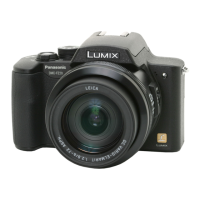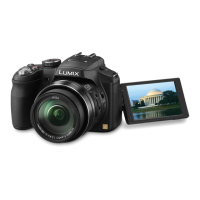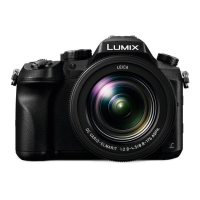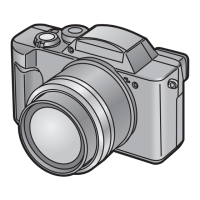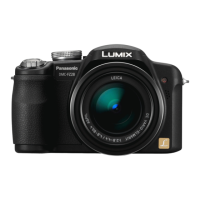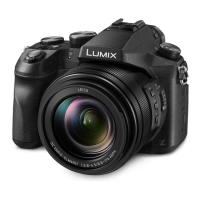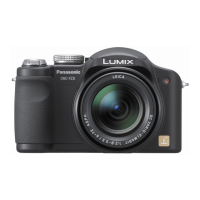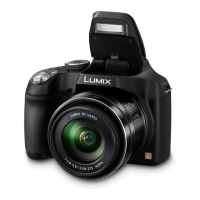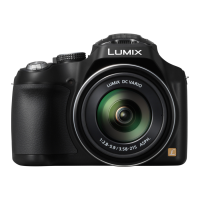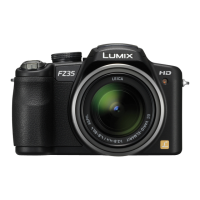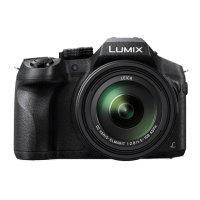44
value also amplifies the “noise” in the system resulting in images with
lower visual sharpness and image contrast. This noise usually appears in
the darker areas of the image (the shadows) but even if the camera is
used outdoors in bright sunlight, say in order to get a fast shutter speed
for an action photograph the resulting image will be visually un-sharp
compared to one shot with lower ISO numbers.
For general photography, whenever you can, use the camera at ISO
100. The camera optical image stabilisation should always be set to ON
and this will allow you to use some fairly slow hand held shutter speeds
(1/30 second or less depending upon your own hand shakiness) and
provided that there is no subject movement which needs to be arrested
you will find you get some great images from this camera, especially if
you select an aperture of F4.
We have seen how the interaction of aperture and shutter combine to
give us the correct exposure for our image. Up until this point I have
assumed that the camera sensitivity has remained unchanged however
we must take a look at how all three of the components of exposure work
together to produce the final image. The “Exposure Triangle”
The Exposure Triangle
ISO
NOISE
Aperture
Shutter Speed
Higher ISO leads to more image noise, slower shutter speed gives more
motion blur and a smaller Aperture (larger f-number) provides more DOF.
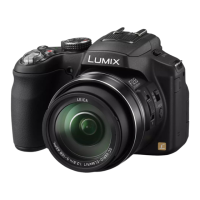
